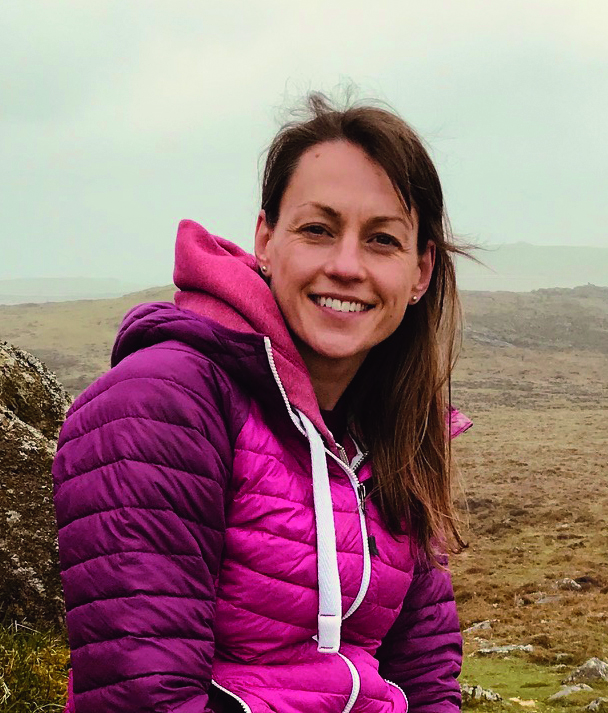Our largest national park is home to 25 per cent of the UK’s threatened species – but the combination of high latitude and altitude makes it a challenging place to overwinter. As winter closes in, much of the wildlife that can be spotted here in summer either vacates the area completely or moves downhill. The rest must adapt to the coldest, snowiest and windiest conditions in Britain.
FIVE SPECIES TO SPOT
1. Ptarmigan
This bird is found at high altitude year-round to avoid competition with red grouse. Its feathered feet protect it from frostbite and act as snowshoes. Ptarmigan survive by eating frozen vegetation and berries, and roost in snow holes or between boulders, all but invisible in their all-white winter plumage.
2. Mountain hare
This hare doesn’t tend to dig a burrow but hunkers down in a shallow depression or ‘form’, relying on its dense, super-fine fur and compact body shape to conserve heat in harsh weather. Snow provides a complete insulating blanket – and, in its white winter pelage, camouflage.
3. Snow bunting
Flurries of this little ‘snowflake’ arrive on our coasts and uplands from Scandinavia each winter, but the Cairngorms population is resident year-round. Its black, white and sandy-brown winter plumage matches rocky snow slopes, where it forages for seeds and insects.
4. Hooded crow
Restricted to the north and west of the British Isles, this handsome and resourceful scavenger benefits when exceptionally cold weather brings a glut of frozen carrion. Birds of intermediate appearance are often hybrids with the closely related carrion crow.
5. Snow flea
Not actually a flea, this wingless, leaping scorpionfly of mossy habitats is most easily detected in snow. Adults emerge in winter to hunt other small insects – the ‘beak’ has biting mouthparts at its tip. The appendage on the female’s rear is an ovipositor.
AND SIX AREAS TO EXPLORE
1. Cairn Gorm plateau
Take the funicular railway to 1,097m where ptarmigan, snow buntings and mountain hares can be seen very close to the station.
2. RSPB Abernethy Forest AND Loch Garten
Caledonian forest with crested tits, capercaillies, Scottish crossbills, black grouse and red squirrels.
3. Reindeer Centre, Glenmore
Daily tours visit the free-ranging herd on the hillside.
4. Insh Marshes National Nature Reserve
See flocks of whooper swans, greylag geese and other wildfowl, and watch hen harriers and red kites arrive to roost near dusk.
5. Rothiemurchus Estate
Home to pine martens, badgers, red squirrels, crossbills, crested tits and roe deer. Dotted with hides.
6. Highland Wildlife Park
Local celebrities include pine martens, red squirrels, capercaillie, beavers and wildcats in naturalistic enclosures – no fieldcraft required!

